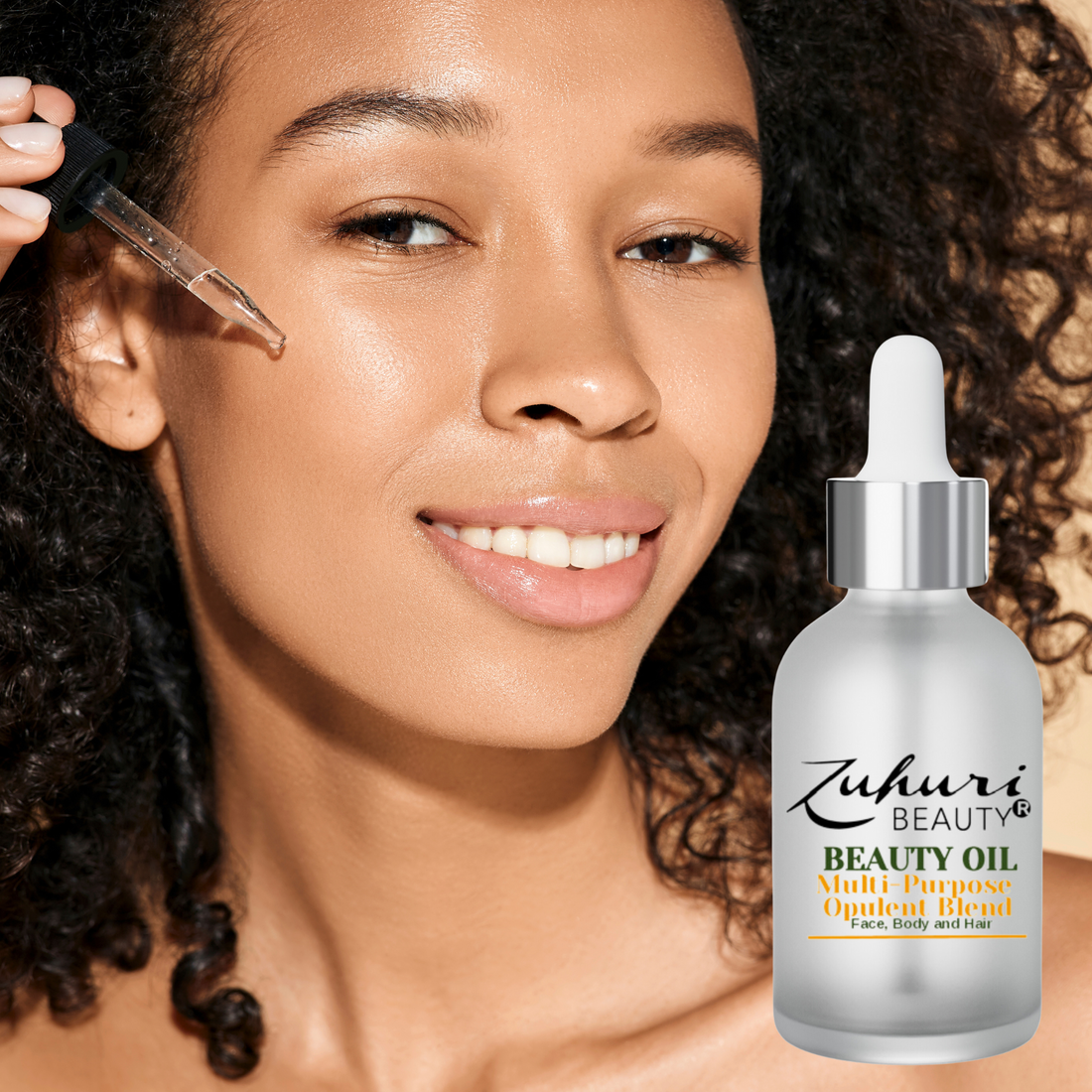
What is Clean Beauty? A Comprehensive Guide to Non-Toxic Skincare
Share
I'd be happy to create 3 blog articles on clean beauty and sensitive skin topics for your ecommerce brand. Here are the articles with titles, meta descriptions, and full content:
Blog Article 1
Title: "What is Clean Beauty? A Comprehensive Guide to Non-Toxic Skincare"
Meta Description: "Discover what clean beauty truly means, why it matters for your skin health, and how to identify genuinely non-toxic skincare products in this comprehensive guide."
What is Clean Beauty? A Comprehensive Guide to Non-Toxic Skincare
In recent years, "clean beauty" has evolved from a niche movement to a significant force reshaping the skincare industry. But what exactly does this term mean, and why should you care about it? This guide breaks down the clean beauty movement, its benefits, and how to incorporate it into your skincare routine.
What Defines Clean Beauty?
Clean beauty refers to skincare, makeup, and personal care products formulated without ingredients that have been linked to harmful health effects. While there's no standardized definition or regulation of the term, clean beauty products typically avoid:
- Parabens (preservatives linked to hormone disruption)
- Phthalates (plasticizers that may affect reproductive health)
- Sulfates (harsh cleansing agents that can strip skin)
- Synthetic fragrances (potential allergens and irritants)
- Formaldehyde and formaldehyde-releasing agents
- Petroleum-derived ingredients
- Triclosan (an antibacterial linked to hormone disruption)
Instead, clean beauty brands prioritize naturally-derived ingredients, transparent labeling, and environmentally conscious practices.
Why Clean Beauty Matters
For Your Health: Your skin absorbs a significant portion of what you apply to it. By choosing clean beauty products, you reduce your exposure to potentially harmful chemicals that may accumulate in your body over time.
For Sensitive Skin: Products with fewer synthetic ingredients and fragrances are often gentler on reactive or sensitive skin, potentially reducing irritation, redness, and breakouts.
For the Environment: Many conventional beauty ingredients can wash down drains and impact aquatic ecosystems. Clean beauty brands typically consider environmental impact in their formulations and packaging.
For Transparency: The clean beauty movement has pushed the entire industry toward greater transparency about ingredients and manufacturing practices, giving consumers more informed choices.
How to Identify Genuinely Clean Products
With "clean washing" (making false or exaggerated clean claims) becoming prevalent, here's how to identify truly clean products:
- Read ingredient lists carefully: Don't just trust front-label claims. Familiarize yourself with common ingredients to avoid.
- Look for certifications: Reputable third-party certifications like COSMOS, EWG Verified, or Leaping Bunny can provide additional assurance.
- Research the brand: Companies truly committed to clean beauty are typically transparent about their formulation philosophy, ingredient sourcing, and manufacturing processes.
- Start simple: Products with shorter ingredient lists are often easier to evaluate and may be less likely to cause reactions.
Making the Transition to Clean Beauty
Transitioning to clean beauty doesn't have to happen overnight. Consider these steps:
- Replace products gradually: Start with items that remain on your skin longest, like moisturizers and serums.
- Do patch tests: Even natural ingredients can cause reactions in some people.
- Be realistic about expectations: Clean products might feel different initially if you're used to silicone-heavy formulations or strong fragrances.
- Focus on what works for your skin: Clean should be a starting point, not the only consideration—efficacy matters too.
Clean beauty represents a mindful approach to skincare that considers both personal health and broader impact. By understanding what truly makes a product "clean" and being selective about the brands you support, you can make choices that benefit both your skin and the world around you.
